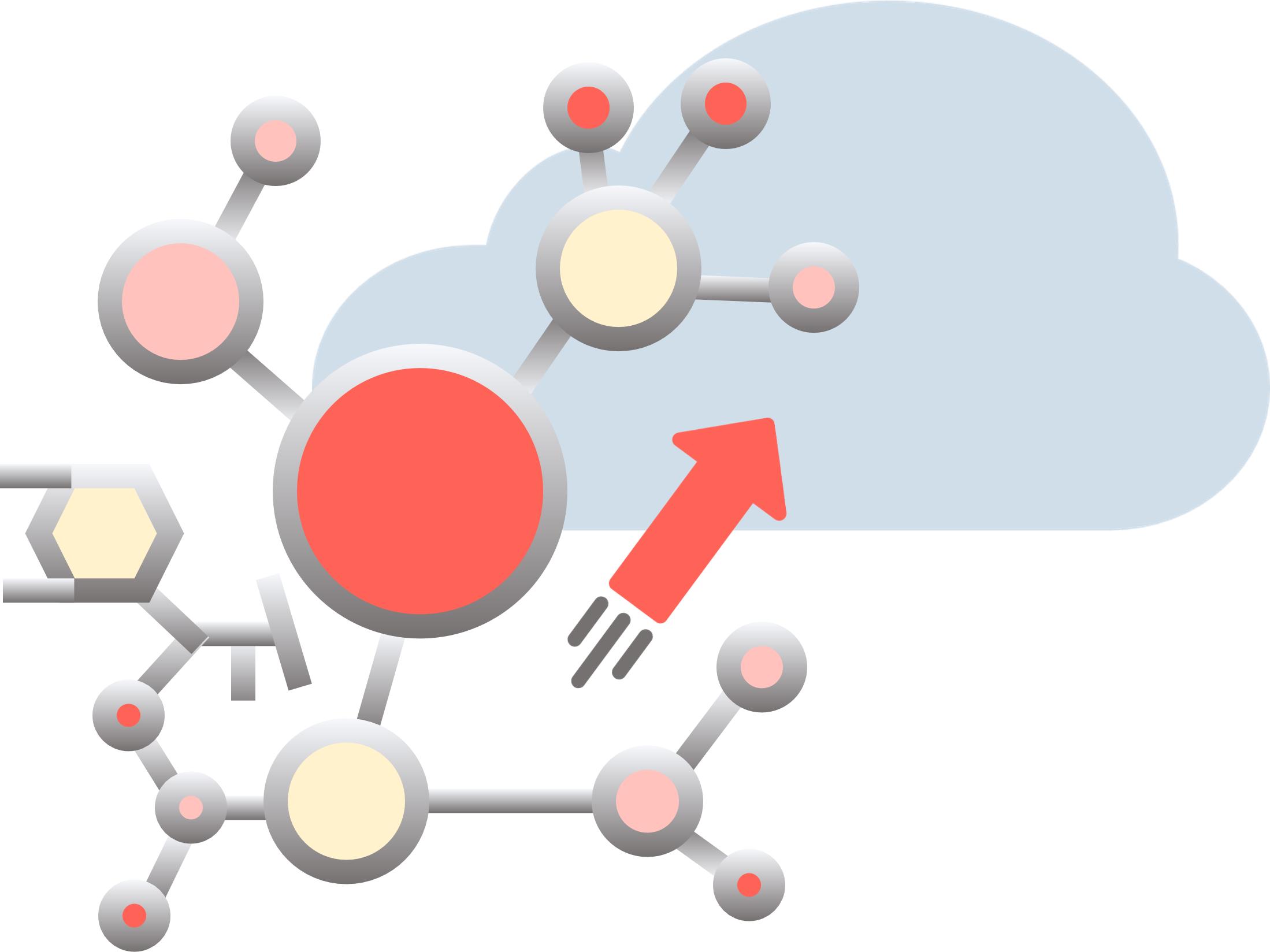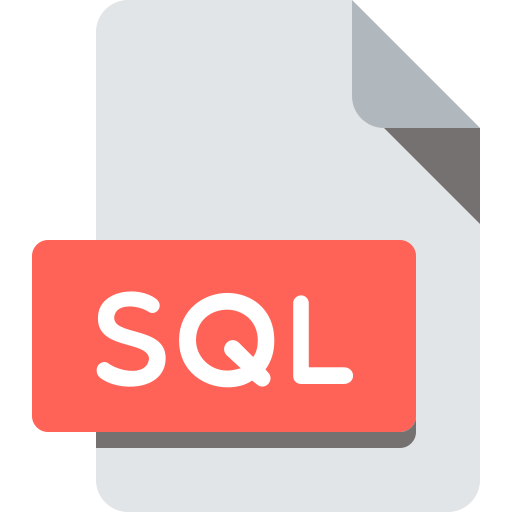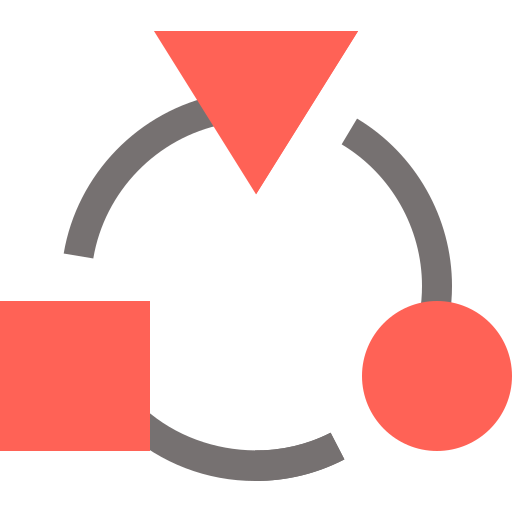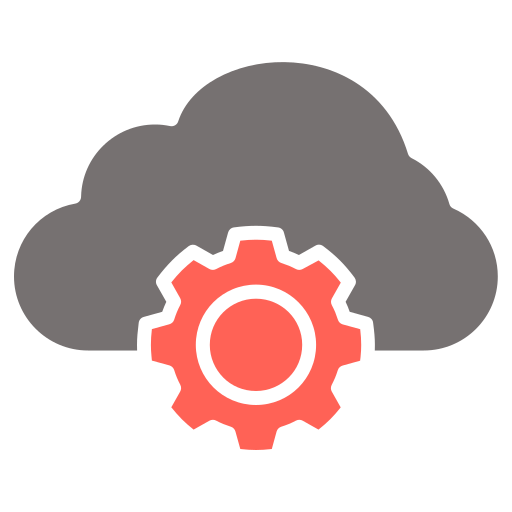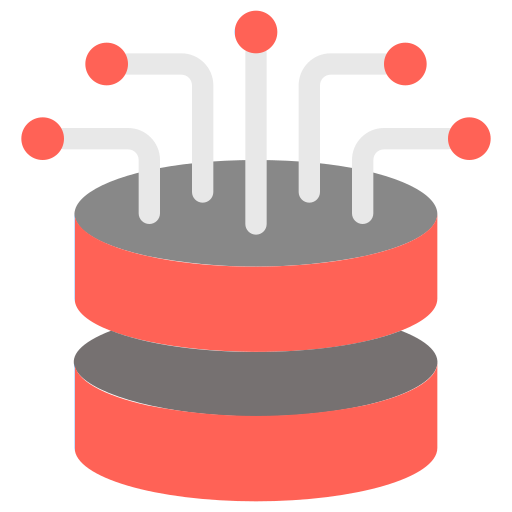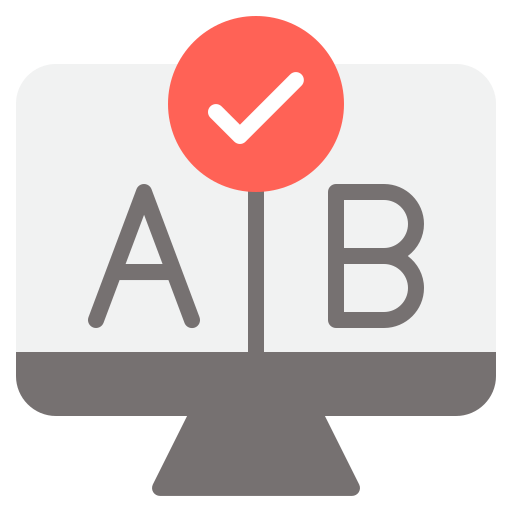{oA.Reverse}
Migrate the DataFlow or DataViz layer
Legacy ETL/ELT and data visualization tools have accumulated a tremendous amount of complexity over time.
Some of these technologies are outdated and no longer meet the requirements of modern data stacks: scalability,
ease of use, and interoperability.
Migration is necessary. Unfortunately, the sheer volume of data and the inherent complexity of most of these technologies make
these projects excessively costly and risky.
{openAudit}, by leveraging the extreme granularity of its reverse engineering capabilities, enables "as is" migrations
for ETL/ELT and certain data visualization technologies in an automated way.
This allows for faster time to market, reduced migration costs, and greater buy-in from business users.
